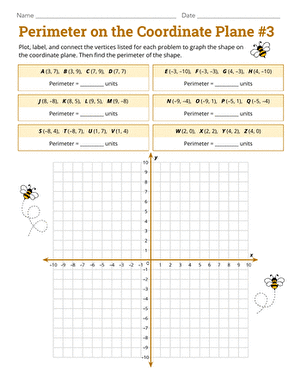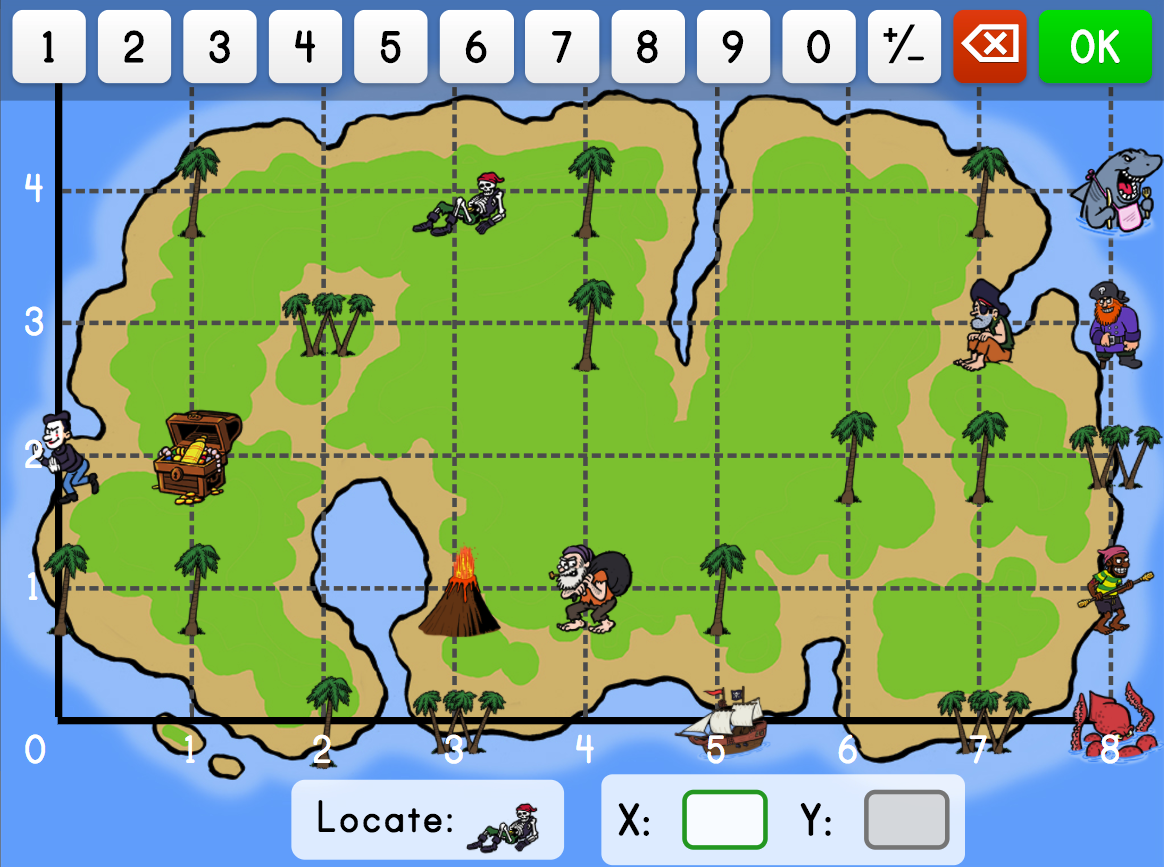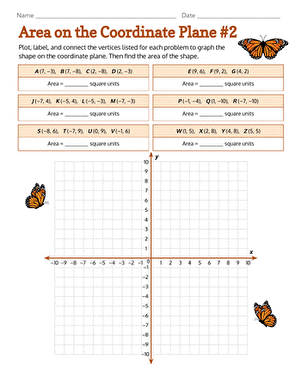Science project
Acceleration on an Inclined Plane
Galileo Galilei was a physicist, astronomer, mathematician, creative thinking mastermind who lived in the 16th and 17th centuries in Italy. He was the inventor of the telescope, and one of the first people to suggest that the Earth traveled around the Sun and not the other way around. He was very interested in physics and how things worked on Earth, and he conducted a lot of experiments to observe gravity and natural phenomena, quite some time before they were mathematically described by Sir Isaac Newton.
Galileo and many of his contemporaries are thought to have begun experimenting with falling objects and testing the idea that even though objects have different masses, they will fall towards the Earth at the same velocity. Because timing and other factories like wind resistance are an issue at great heights (like dropping a ball from the height of a building), Galileo and fellow scientists used inclined planes, like ramps, to conduct their experiments.
Galileo stated that objects in a vacuum, meaning no air, would fall to the Earth with a constant acceleration. Today, we call this constant acceleration gravity.
Materials
- 3 feet of molding (for a ceiling or floor, with a groove to roll a ball down)
- Books to stack
- Meter stick or ruler
- Protractor
- Golf ball
- Stopwatch
- Notebook and pen/pencil
- Computer with Excel (unless you want to graph by hand!)
Procedure
- Stack some books and set one side of the molding on the books to create a ramp.
- Use the protractor to measure the angle between the ramp and the floor. Adjust the stack of books until you can get the ramp as close to 30° as possible. Record the final angle in your notebook.
- Use the ruler or meter stick to mark 10 cm intervals along the ramp, starting at the floor and going upward.
- Set the golf ball at a measured distance along the ramp. Time how long it takes for the golf ball to hit the floor after your let the ball go. Record both the distance you let the ball go and the time it takes for the ball to travel the length of the ramp.
- Repeat step for at different lengths along the ramp.
- Graph your results. Put time on the x-axis, and distance traveled on the y-axis. Do you notice any patterns?
- Calculate the acceleration for the points you tested using the equation a = 2d / t2
- Try the experiment with different ramp angles.
Results
The acceleration at each point should be almost the same. Differences can be connected to imperfections in timing and friction on the ramp.
Why?
The graph you create will show that the longer the ball is on the ramp, the faster it will move. With constant acceleration, the velocity of an object will get increasingly faster. The constant acceleration in the experiment is due to gravity. Acceleration due to gravity is measured as 9.81 m/s2. You will not measure this acceleration because of the inclined plane, but if you were to conduct an experiment by dropping balls from different heights, this is what you would expect.
If you change the angle of the ramp to be steeper, the acceleration you record will be closer to that of gravity.
Education.com provides the Science Fair Project Ideas for informational purposes only. Education.com does not make any guarantee or representation regarding the Science Fair Project Ideas and is not responsible or liable for any loss or damage, directly or indirectly, caused by your use of such information. By accessing the Science Fair Project Ideas, you waive and renounce any claims against Education.com that arise thereof. In addition, your access to Education.com's website and Science Fair Project Ideas is covered by Education.com's Privacy Policy and site Terms of Use, which include limitations on Education.com's liability.
Warning is hereby given that not all Project Ideas are appropriate for all individuals or in all circumstances. Implementation of any Science Project Idea should be undertaken only in appropriate settings and with appropriate parental or other supervision. Reading and following the safety precautions of all materials used in a project is the sole responsibility of each individual. For further information, consult your state's handbook of Science Safety.















